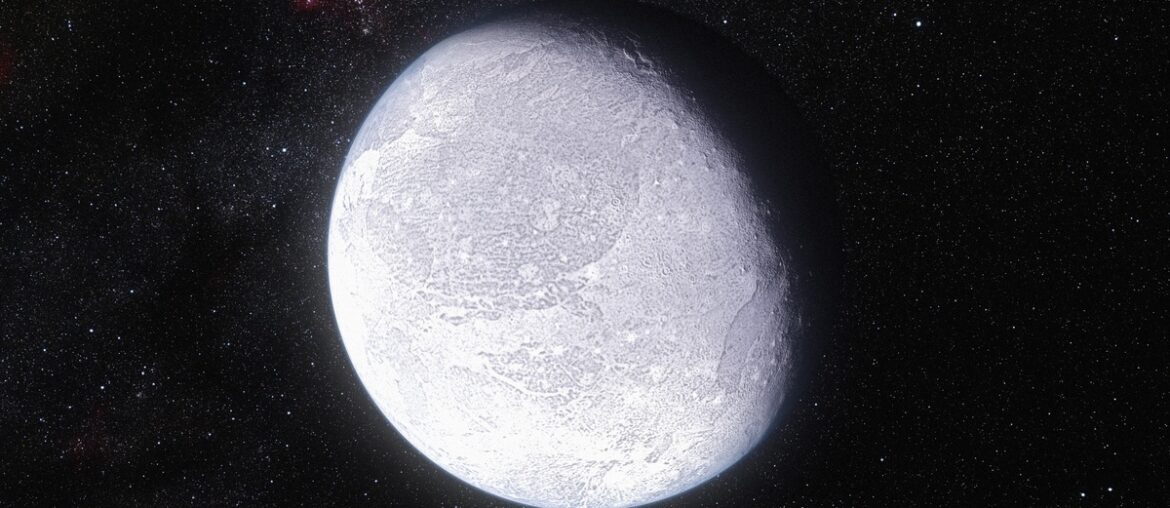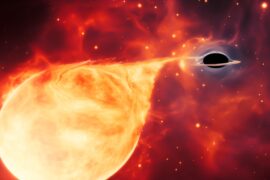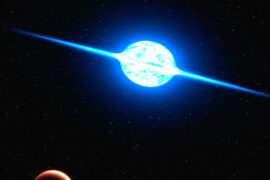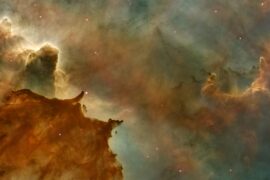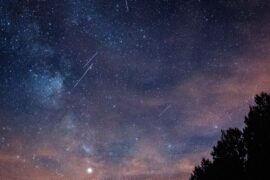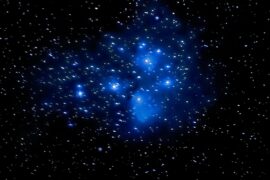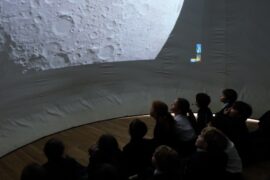The outer solar system and nearby regions host a surprising variety of small worlds that don’t quite qualify as full planets but are more than typical asteroids. From orbits beyond Neptune to pockets nearer the Sun, these bodies offer clues about formation, composition and dynamical history.
There are 14 Types of Dwarf Planets, ranging from 2002 AW197 to Varda. For each entry you’ll find below the data organized with Type,Region,Diameter (km), so you can compare where they live and how big they are—you’ll find below.
How are dwarf planet types determined?
Types are usually distinguished by a combination of orbit (Kuiper belt, scattered disk, asteroid belt), whether the body is in hydrostatic equilibrium (near-round shape), and observable properties like composition and satellites; the table below groups each object by Type,Region,Diameter (km) so you can see those distinctions at a glance.
Why do sizes and regions vary so much among dwarf planets?
Variation comes from formation location, collisional history and composition: icy bodies can reach near-round shapes at smaller sizes than rocky ones, and scattering during planetary migration placed objects in different regions—hence the range from 2002 AW197 to Varda in the list below.
Types of Dwarf Planets
| Name | Type | Region | Diameter (km) |
|---|---|---|---|
| Ceres | IAU-recognized; Asteroid Belt dwarf planet | Asteroid Belt | 940 |
| Pluto | IAU-recognized; Resonant Kuiper Belt dwarf planet | Kuiper Belt (Resonant) | 2,376 |
| Eris | IAU-recognized; Scattered Disk dwarf planet | Scattered Disk | 2,326 |
| Haumea | IAU-recognized; Classical Kuiper Belt dwarf planet (elongated) | Kuiper Belt (Classical) | 1,632 |
| Makemake | IAU-recognized; Classical Kuiper Belt dwarf planet | Kuiper Belt (Classical) | 1,434 |
| Gonggong | Candidate; Scattered Disk dwarf-planet candidate | Scattered Disk | 1,230 |
| Quaoar | Candidate; Classical Kuiper Belt dwarf-planet candidate | Kuiper Belt (Classical) | 1,110 |
| Sedna | Candidate; Detached/Inner Oort cloud dwarf-planet candidate | Inner Oort cloud / Detached region | 995 |
| Orcus | Candidate; Resonant Kuiper Belt dwarf-planet candidate (Plutino) | Kuiper Belt (Plutino) | 910 |
| 2002 MS4 | Candidate; Kuiper Belt dwarf-planet candidate | Kuiper Belt | 934 |
| Salacia | Candidate; Classical Kuiper Belt dwarf-planet candidate | Kuiper Belt | 854 |
| 2002 AW197 | Candidate; Classical Kuiper Belt dwarf-planet candidate | Kuiper Belt | 768 |
| Varda | Candidate; Classical Kuiper Belt dwarf-planet candidate | Kuiper Belt | 720 |
| Ixion | Candidate; Resonant Kuiper Belt dwarf-planet candidate (Plutino) | Kuiper Belt (Plutino) | 617 |
Images and Descriptions
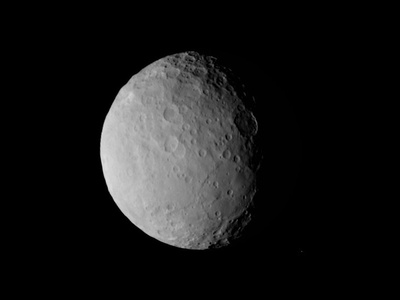
Ceres
The largest object in the asteroid belt, Ceres is a rocky world with water ice and signs of past cryovolcanism. Its dwarf-planet status means it’s rounded by its own gravity but hasn’t cleared its orbital neighborhood.
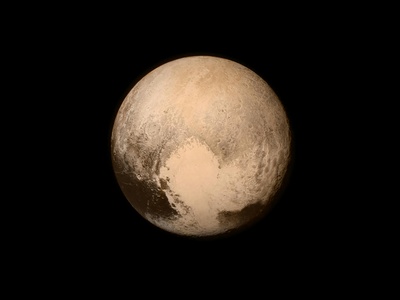
Pluto
Once considered the ninth planet, Pluto is a complex, icy world with mountains, plains, and a thin atmosphere. In a 2:3 resonance with Neptune, its reclassification spurred the modern dwarf-planet category and study of distant Solar System bodies.
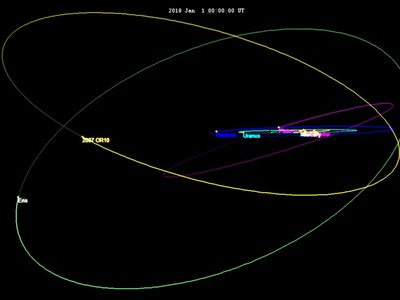
Eris
Eris is a dense, highly reflective scattered-disk object slightly smaller than Pluto but more massive. Its discovery prompted debate on planet definitions. Eris’s large moon, Dysnomia, lets astronomers measure its mass and confirm dwarf-planet status.
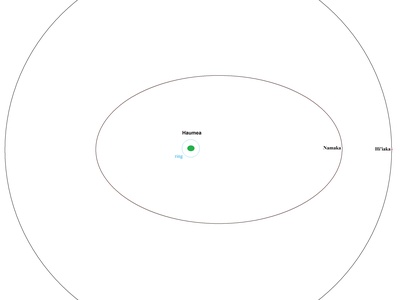
Haumea
Haumea is a fast-spinning, elongated Kuiper Belt body with a ring and a family of icy fragments. Its unusual shape stems from rapid rotation; despite this distortion, it meets IAU criteria for dwarf-planet classification.
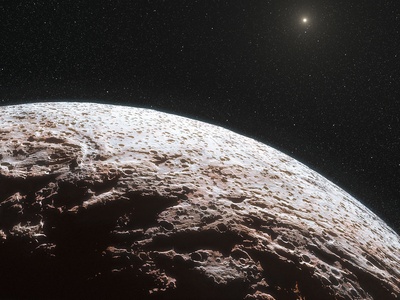
Makemake
Makemake is a bright, methane-rich Kuiper Belt object with a very cold surface and a tenuous atmosphere detected in occultations. Its size and surface ices make it a key example of large, distant icy worlds.
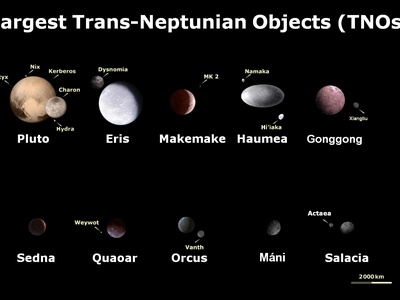
Gonggong
Gonggong (2007 OR10) is a large, red-hued trans-Neptunian object with a moon, suggesting significant mass and likely roundness. Its size and composition make it a strong dwarf-planet candidate and an interesting subject for outer Solar System chemistry.
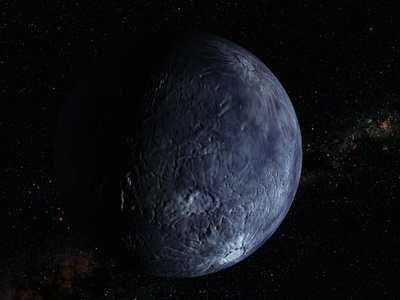
Quaoar
Quaoar is a mid-sized Kuiper Belt object with hints of crystalline ice and a small moon. Its diameter and inferred shape suggest it may be in hydrostatic equilibrium, placing it among prominent dwarf-planet candidates.
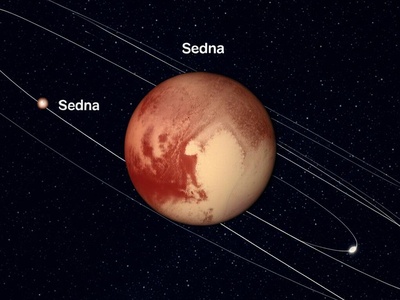
Sedna
Sedna travels on a very elongated, distant orbit in the inner Oort cloud. Its large size and extreme, cold environment make it a probable dwarf planet and a crucial object for understanding Solar System formation and distant dynamics.
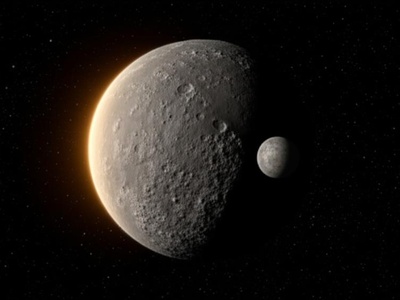
Orcus
Orcus is a Plutino with a substantial moon, bearing orbital similarities to Pluto. Its size and companion imply enough mass for a rounded shape, making Orcus a strong dwarf-planet candidate within the Kuiper Belt.
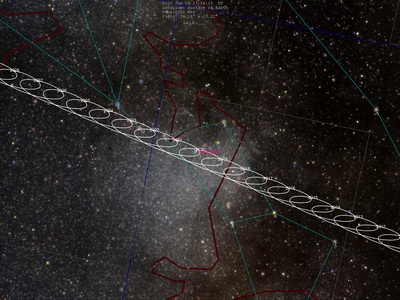
2002 MS4
2002 MS4 is a large, dark trans-Neptunian object whose measured diameter places it among possible dwarf planets. Observational uncertainties remain, but its size and mass estimates make it a noteworthy candidate for rounded shape.
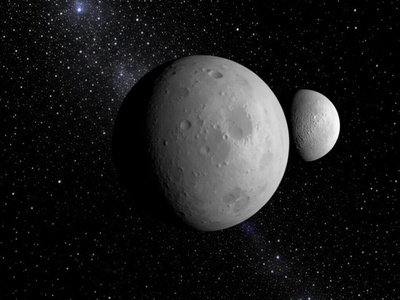
Salacia
Salacia, accompanied by the moon Actaea, is a mid-sized Kuiper object with low reflectivity. Its estimated mass and density suggest it could be near hydrostatic equilibrium, making it a plausible dwarf-planet candidate despite remaining uncertainties.
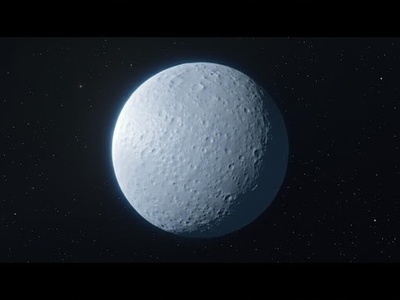
2002 AW197
2002 AW197 is a bright trans-Neptunian object with a sizeable estimated diameter, marking it as a potential dwarf planet. Ongoing observations aim to refine its size and shape to determine whether it meets roundedness criteria.
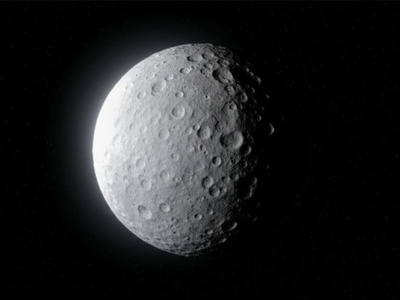
Varda
Varda, which has a companion named Ilmarë, is a compact Kuiper Belt object whose measured mass and size suggest a likely rounded form. It’s considered a probable dwarf-planet candidate and helps probe binary formation in the outer Solar System.
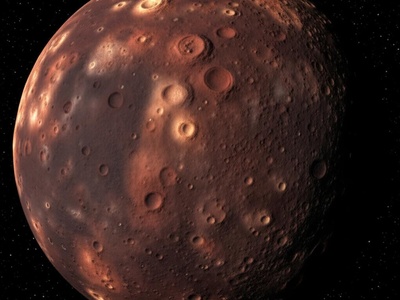
Ixion
Ixion is a plutino with a dark, red surface and a diameter near threshold values for dwarf-planet status. While not confirmed, its size and characteristics keep it on the list of interesting possible rounded Kuiper Belt objects.
Enjoyed this article?
Get daily 10-minute PDFs about astronomy to read before bed!
Sign up for our upcoming micro-learning service where you will learn something new about space and beyond every day while winding down.

